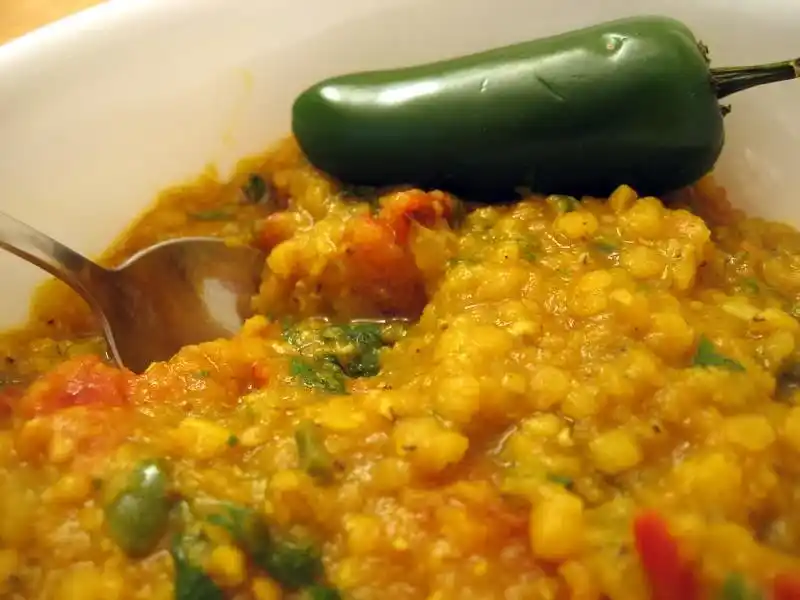Red lentils known as Masoor Dal are an important component of Indian cuisine that is quite delicious. It’s remarkably simple yet delicious. Known for its unique taste and immense nutritive value, Masoor Dal is a common dish that is easily liked by people because of its high protein content. This dish is unbelievable and easy to make, and it can be used as a main course or a side plate. Now let us take a look into the detailed Masoor Dal recipe, where we will view its use of ingredients, their methods, and the reasons why it should feature in your regular culinary repertoire.
What is Masoor Dal?
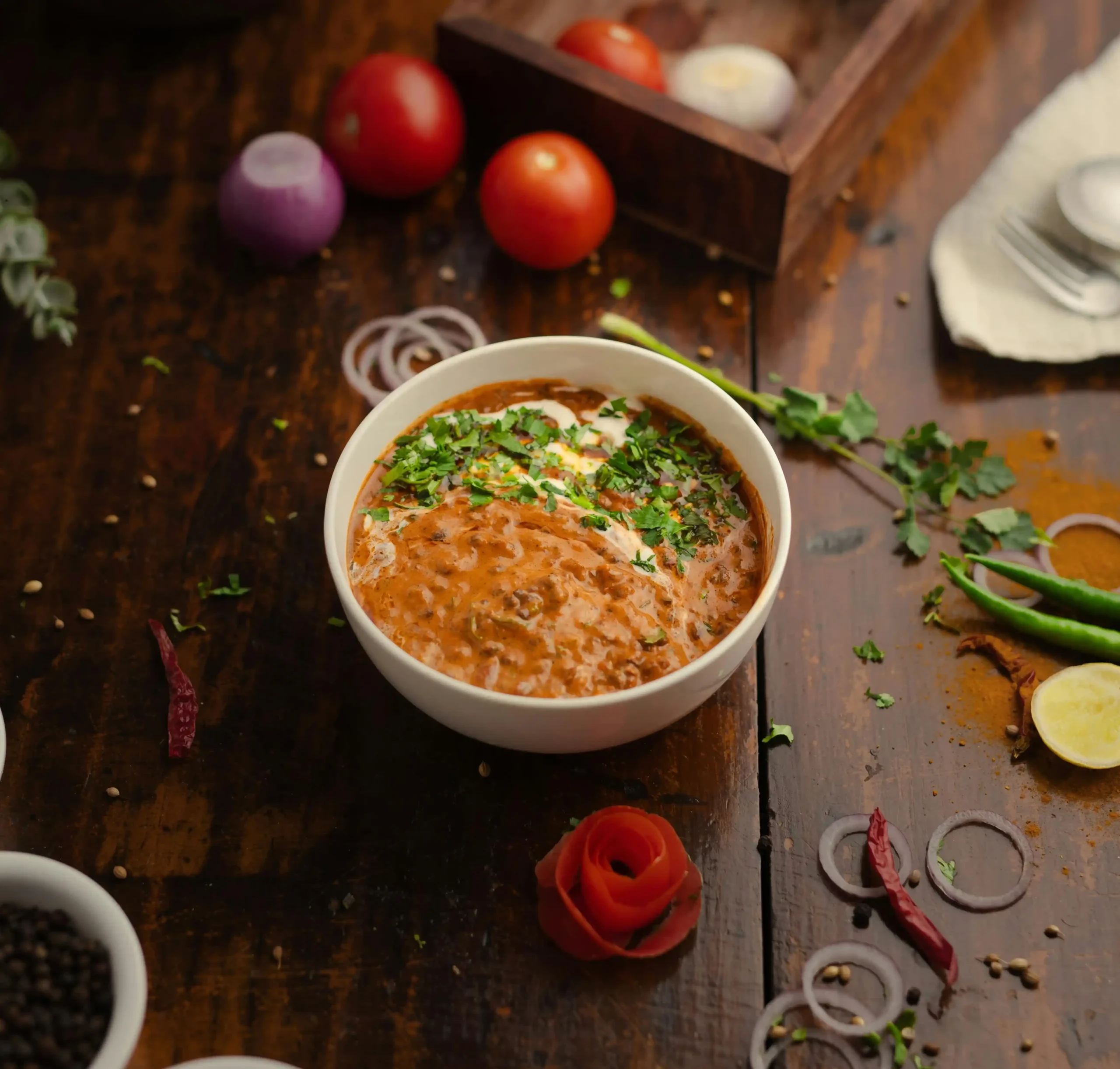
The red lentil soup, called Masoor Dal, is one of the Indian cuisine specialties. The first pivotal ingredient is red lentils that are cooked until they turn soft and then stirred with a mix of matchless spices and herbs. This results in a soothing and highly flavored dish, which is ideal if eaten with rice, naan, or even by itself in form of a soup. The special thing about Masoor Dal that I like so much is that it’s so simple and yet it can be made so personal to your favorite tastes.
Ingredients Used in Masoor Dal Recipe
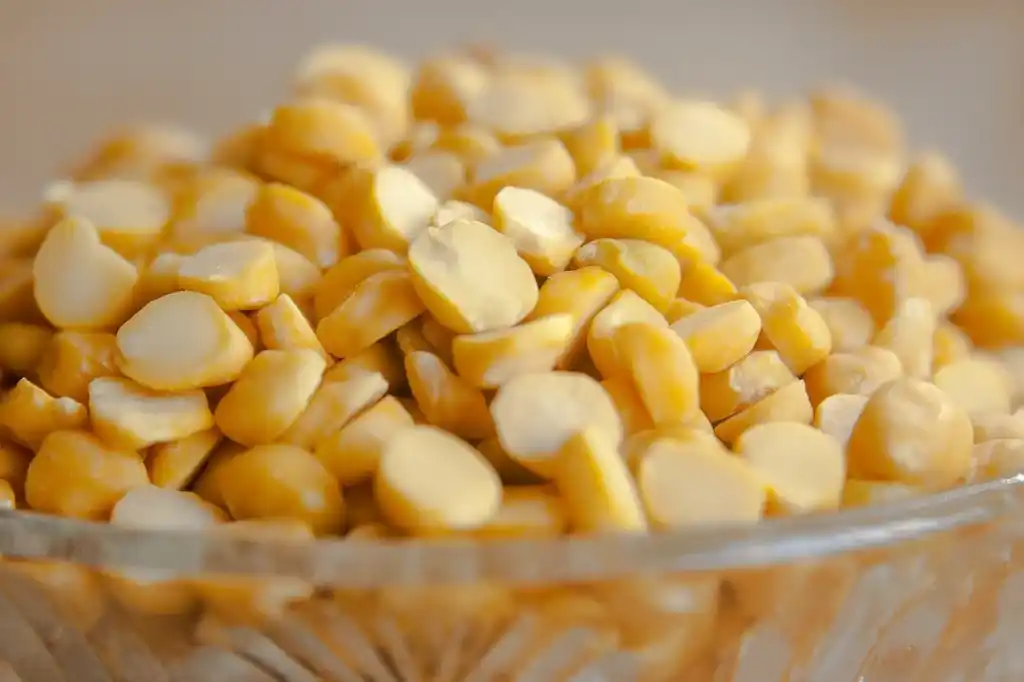
The recipe of the Masoor Dal includes the ingredients that can be found in any regular pantry, thus increasing the accessibility of the dish not only to home cooks but also to a wide audience. The primary ingredient is Masoor Dal (red lentils) which are quick and easy to cook without the need for soaking. Apart from them, the main ingredients consist of onion, tomato, garlic, ginger, and spices like cumin seeds, mustard seeds, turmeric powder, red chili powder, and garam masala. Coriander leaves, as a garnish, are increasingly popular with its use to add some freshness to the dish.
Cooking Methods for Masoor Dal
Masoor Dal can be cooked in different ways but mostly it’s like soaking the lentils in hot water until they get soft and then you make a wonderful mix of sautéed onions and tomatoes with garlic, ginger, and spices. This is the technique that involves the tilting of oil (commonly referred to as “Tadka or tempering”), which imparts a flavor of the dal with a deep rich taste. The pressure cooker, however, is another option of accomplishing the MAusoor Dal cooking at a faster rate, to enable quick meal preparations during the nights of stress.
Nutritional Benefits
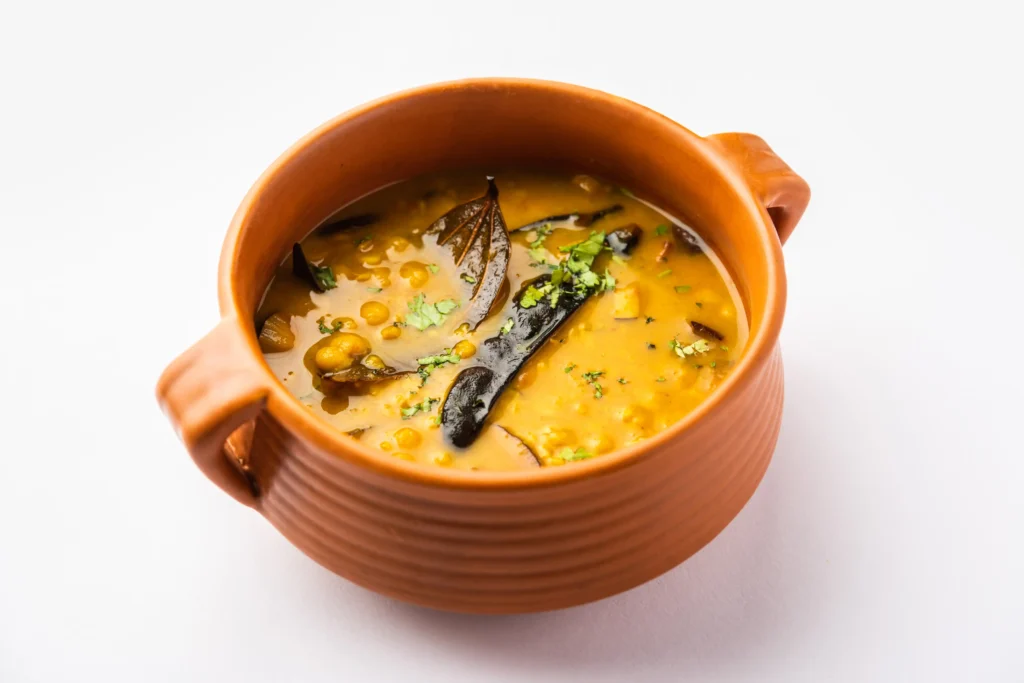
Masoor Dal is yum and nutritious stuff which is a double package. It is an amazing source of protein which the plants provide making it the perfect choice for those who are vegetarians and vegans alike. The lentils are rich in dietary fiber to help the organs in the digestive system digest properly and keep a balanced body. Besides allowing an increase in protein and energy conversion, Masoor Dal also offers essential vitamins and minerals like iron, potassium, and folate. The addition of spices such as turmeric and ginger kills bacteria and reduces inflammation. It is an example of how the meal is beneficial to the health of the people.
Why You Should Include Masoor Dal in Your Diet
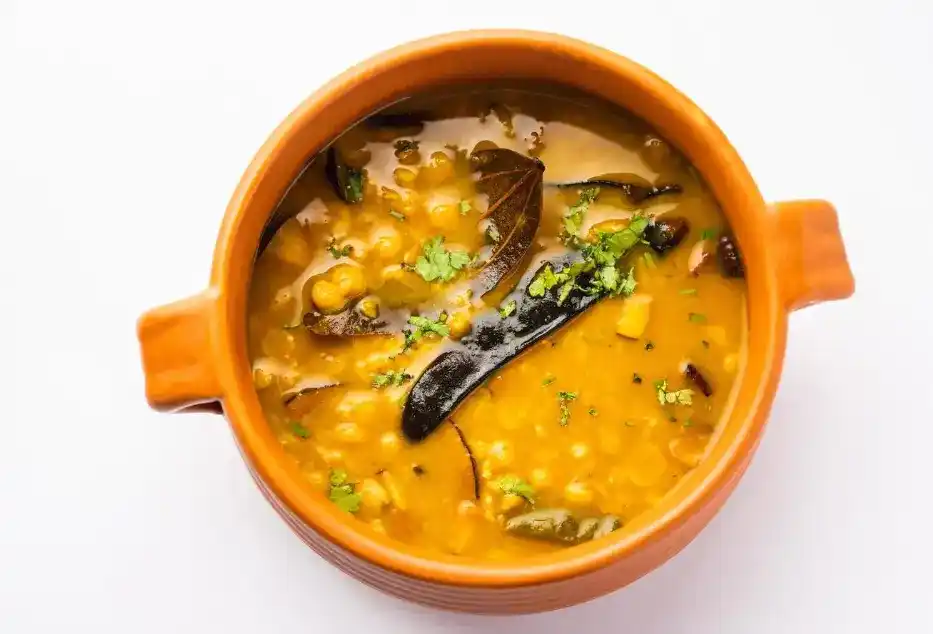
Not only adding Masoor Dal to your diet will ensure nutritious meals made delicious with mouthwatering flavors but you will also get a whole host of health benefits. This food suits well someone with the purpose of sustaining a balanced diet it is low in fats and high in protein and fiber. On the other side, the additives which are ingredients also have an incredible medicinal value in addition to making the dish alright from the taste.
Try More Recipe:- Healthy and Flavorful Dal Tadka Recipe for Everyday Cooking
Authentic Masoor Dal Recipe: A Hearty and Nutritious Indian Delight
Description
As red lentil soup (Masoor Dal), this dish is not only nutritious but also flavorful and it is one of the most popular dishes among Indian cuisine lovers. It’s easy to make it tasty yet delicious to be either a casual dinner or a meal with nutritional value. This recipe provides protein, fiber, and other vitamins while being a healthy choice for any time of day.
Ingredients
Optional Ingredients:
Instructions
-
Rinse the Masoor Dal:
- Rinse 1 cup of Masoor Dal thoroughly under running water until the water runs clear.
- This helps remove excess starch and prevents the dal from becoming mushy.
-
Cook the Masoor Dal:
- In a large pot, combine the rinsed Masoor Dal with 4 cups of water.
- Bring to a boil over medium-high heat, skimming off any foam that forms on the surface.
- Reduce the heat to low and let it simmer for 15-20 minutes until the lentils are soft and cooked through.
-
Prepare the Tempering (Tadka):
- In a separate pan, heat 2 tablespoons of vegetable oil or ghee over medium heat.
- Add 1 teaspoon of cumin seeds and 1 teaspoon of mustard seeds. Let them crackle for a few seconds.
- Add a pinch of asafoetida (optional), 1 bay leaf, and 1 cinnamon stick (optional) for additional flavor.
-
Sauté Aromatics:
- Add the finely chopped onion to the pan and sauté until it becomes golden brown.
- Stir in the minced garlic, grated ginger, and slit green chilies (if using). Cook for another 2-3 minutes until fragrant.
-
Add Tomatoes and Spices:
- Add the chopped tomatoes to the pan along with 1 teaspoon of turmeric powder, 1 teaspoon of red chili powder, and salt to taste.
- Cook until the tomatoes become soft and the oil starts to separate from the mixture.
-
Combine Dal and Tempering:
- Pour the cooked Masoor Dal into the pan with the tomato-onion mixture.
- Mix well and bring it to a gentle simmer.
- Let it cook together for another 5-10 minutes, allowing the flavors to meld.
-
Finish with Garam Masala:
- Stir in 1 teaspoon of garam masala and let the dal simmer for an additional minute. Adjust the salt and spices to taste.
-
Garnish and Serve:
- Garnish the Masoor Dal with freshly chopped coriander leaves and a squeeze of lemon juice if desired. Serve hot with rice or naan.
Servings 4
- Amount Per Serving
- Calories 235kcal
- % Daily Value *
- Total Fat 8g13%
- Saturated Fat 1g5%
- Sodium 338mg15%
- Potassium 305mg9%
- Total Carbohydrate 18g6%
- Dietary Fiber 8g32%
- Sugars 2g
- Protein 12g24%
- Vitamin A 1240 IU
- Vitamin C 54.6 mg
- Calcium 42 mg
- Iron 4 mg
* Percent Daily Values are based on a 2,000 calorie diet. Your daily value may be higher or lower depending on your calorie needs.
Note
- Adjust the consistency of the Masoor Dal by adding more water if it’s too thick or simmering longer if it’s too thin.
- You can use a pressure cooker to speed up the cooking process. Cook the dal with water for 2-3 whistles.
- For a creamier texture, you can blend a portion of the cooked dal and mix it back into the pot.

